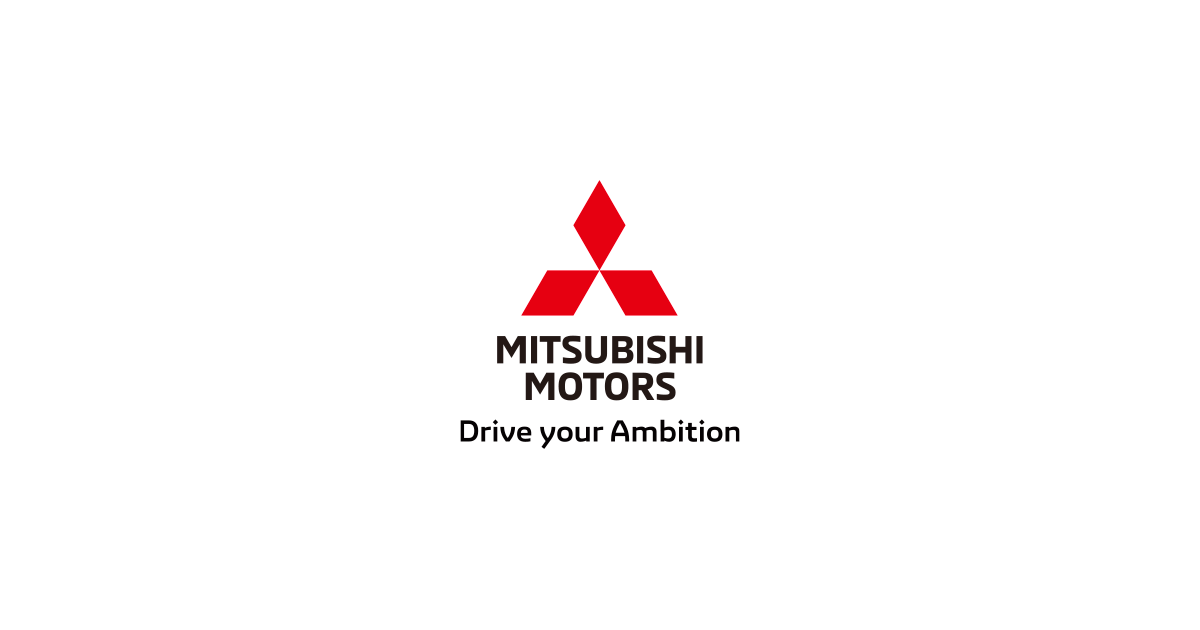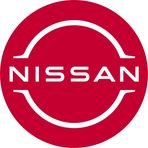Honda and Nissan: A Merger on the Horizon
December 25, 2024, 3:53 pm

Location: United States, California, Torrance
Employees: 10001+
Founded date: 1959
In a bold move, Honda and Nissan are exploring a merger that could reshape the automotive landscape. This potential union is not just a business decision; it’s a response to a rapidly changing industry. The stakes are high, and the implications are vast.
The automotive world is in flux. Traditional giants are feeling the heat from nimble newcomers. Electric vehicles (EVs) are no longer a novelty; they are the future. Companies like BYD are gaining ground, especially in China, the world’s largest car market. Honda and Nissan, once titans of the industry, are now facing a critical juncture.
The proposed merger aims to create the world’s third-largest automaker. Together, they hope to achieve combined sales of 30 trillion yen, roughly $191 billion. The dream is to bolster their operating profit to over 3 trillion yen. This merger could be the lifeline both companies need to navigate the stormy seas of the automotive market.
The urgency is palpable. Both Honda and Nissan have reported disappointing earnings, particularly in China. Sales are plummeting, and the competition is fierce. The landscape is littered with the remnants of companies that failed to adapt. The merger talks signal a recognition of this reality. It’s a strategic alliance forged in the fires of necessity.
Mitsubishi Motors, a smaller player in the mix, is also in the conversation. Nissan holds a significant stake in Mitsubishi, and its inclusion could further strengthen the combined entity. The trio could potentially sell over 8 million vehicles globally, challenging the current number three, Hyundai-Kia.
The backdrop to this merger is a series of strategic collaborations. Earlier this year, Honda and Nissan began exploring joint ventures in electrification and software development. This partnership has since expanded to include Mitsubishi. The companies are not just looking to merge; they are looking to innovate. They recognize that the future of the automotive industry lies in technology and sustainability.
The urgency of these discussions is underscored by recent announcements. Nissan plans to cut 9,000 jobs and reduce its global production capacity by 20%. This drastic measure reflects the harsh realities of a market in decline. Honda is not immune; it too has faced disappointing sales figures. The pressure is mounting, and the clock is ticking.
Investors are watching closely. Following the news of the merger talks, shares in Honda rose by 3.8%, while Nissan and Mitsubishi also saw gains. The market is responding positively to the prospect of a merger. It’s a sign that investors believe in the potential of this alliance.
The merger is not without its challenges. The automotive industry is notoriously complex. Regulatory hurdles, cultural differences, and operational integration are just a few of the obstacles that lie ahead. However, the potential rewards are significant. A successful merger could create a powerhouse capable of competing with the likes of Tesla and other emerging players.
The timeline for this merger is ambitious. The companies aim to finalize negotiations by mid-2025, with a holding company established by August 2026. This timeline reflects a sense of urgency. The automotive landscape is evolving rapidly, and the need for speed is critical.
The implications of this merger extend beyond the companies involved. It could signal a broader trend in the industry. As traditional automakers grapple with the rise of EVs and new technologies, we may see more collaborations and mergers. The industry is at a crossroads, and the path forward is uncertain.
In conclusion, the potential merger between Honda and Nissan represents a pivotal moment in the automotive industry. It’s a response to the challenges posed by a rapidly changing market. The stakes are high, and the implications are profound. As these two giants explore a union, the world will be watching closely. The future of the automotive industry may very well hinge on their success.
The automotive world is in flux. Traditional giants are feeling the heat from nimble newcomers. Electric vehicles (EVs) are no longer a novelty; they are the future. Companies like BYD are gaining ground, especially in China, the world’s largest car market. Honda and Nissan, once titans of the industry, are now facing a critical juncture.
The proposed merger aims to create the world’s third-largest automaker. Together, they hope to achieve combined sales of 30 trillion yen, roughly $191 billion. The dream is to bolster their operating profit to over 3 trillion yen. This merger could be the lifeline both companies need to navigate the stormy seas of the automotive market.
The urgency is palpable. Both Honda and Nissan have reported disappointing earnings, particularly in China. Sales are plummeting, and the competition is fierce. The landscape is littered with the remnants of companies that failed to adapt. The merger talks signal a recognition of this reality. It’s a strategic alliance forged in the fires of necessity.
Mitsubishi Motors, a smaller player in the mix, is also in the conversation. Nissan holds a significant stake in Mitsubishi, and its inclusion could further strengthen the combined entity. The trio could potentially sell over 8 million vehicles globally, challenging the current number three, Hyundai-Kia.
The backdrop to this merger is a series of strategic collaborations. Earlier this year, Honda and Nissan began exploring joint ventures in electrification and software development. This partnership has since expanded to include Mitsubishi. The companies are not just looking to merge; they are looking to innovate. They recognize that the future of the automotive industry lies in technology and sustainability.
The urgency of these discussions is underscored by recent announcements. Nissan plans to cut 9,000 jobs and reduce its global production capacity by 20%. This drastic measure reflects the harsh realities of a market in decline. Honda is not immune; it too has faced disappointing sales figures. The pressure is mounting, and the clock is ticking.
Investors are watching closely. Following the news of the merger talks, shares in Honda rose by 3.8%, while Nissan and Mitsubishi also saw gains. The market is responding positively to the prospect of a merger. It’s a sign that investors believe in the potential of this alliance.
The merger is not without its challenges. The automotive industry is notoriously complex. Regulatory hurdles, cultural differences, and operational integration are just a few of the obstacles that lie ahead. However, the potential rewards are significant. A successful merger could create a powerhouse capable of competing with the likes of Tesla and other emerging players.
The timeline for this merger is ambitious. The companies aim to finalize negotiations by mid-2025, with a holding company established by August 2026. This timeline reflects a sense of urgency. The automotive landscape is evolving rapidly, and the need for speed is critical.
The implications of this merger extend beyond the companies involved. It could signal a broader trend in the industry. As traditional automakers grapple with the rise of EVs and new technologies, we may see more collaborations and mergers. The industry is at a crossroads, and the path forward is uncertain.
In conclusion, the potential merger between Honda and Nissan represents a pivotal moment in the automotive industry. It’s a response to the challenges posed by a rapidly changing market. The stakes are high, and the implications are profound. As these two giants explore a union, the world will be watching closely. The future of the automotive industry may very well hinge on their success.

